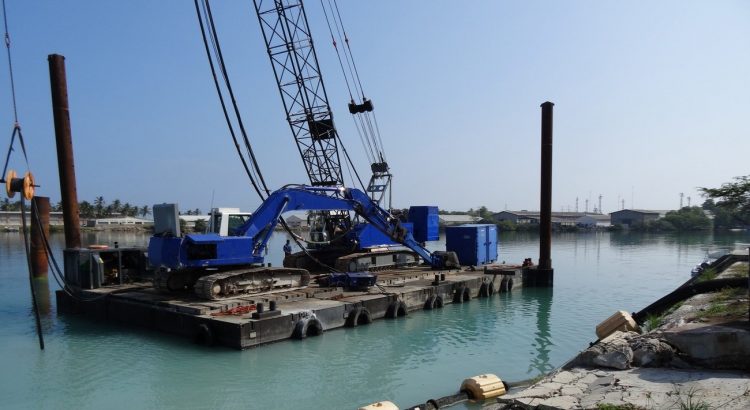Living close to the coast is really exciting. As you get up in the morning, you can relish pleasant views and enjoy the cool wind. You will also enjoy watching surfers play under the sun. Moreover, living in the waterfront shore is more efficient if you’re using the best things to improve it, for example, pontoons.
The application of innovative pontoon technologies has become a part of an increasing number of various situations. They were initially designed to mainly support floating bridges and have since been put to different other uses. The construction of a floating pontoon is continually changing just like the overall level of durability and safety. This gives the purchasers a much more extensive choice today than they had as little as as 10 years prior.
Uses of Floating Pontoons
Nowadays, the modular pontoon serves both commercial and personal uses in various diverse ways. The most common commercial uses can be found at ports, safety facilities, open water pools, flatboats, and assembly bridges. Putting them to use has also become a routine fixture in the fish farm industry. Over the previous decade, aquaculture farms have found various distinctive uses for this type of item. This is especially true for open water water fisheries.
The floating pontoon has even become popular for maintaining floating houses. These houses could be designed for different purposes. Usually, they are used for fishing or vacationing. While one can keep any size house afloat with required number of pontoons, much of the time the house is just a single or two rooms and cabin like in nature.
The Benefits
The benefit of modular pontoon is that it is easily constructed and more often than not come in modular pieces, that can be easily fitted together.They are furthermore portable and can be easily moved from one location then onto the next. These types of docks are basically utilised with small watercraft and can be removed, when the watercraft is not going to be utilised for an extended period of time which may increase their life.
Shapes and Sizes
The floating pontoon now comes in a wide range of various shapes and sizes. But, it has become crucial to select a single type of pontoon and stick with it. That way you are able to expand or replace them much easily. By and large, the pontoons tend to be square though, the size can differ immensely. Typically, they are constructed out of a high-density polyethylene material. This is to help the general level of durability and also make it easier to mold and assemble. It can furthermore allow for designs that makes them more easy to assemble and less costly than other materials.
They are typically constructed in a plant and afterwards delivered in modular units to the site. Construction is very simple and can take less than a weekend to complete as they are like putting a simple puzzle together. Every single unit fits snugly into the next, which are normally held together with metal straps and plates.
The modular pontoon is not only a versatile solution for working over water but also very reliable in terms of safety!




